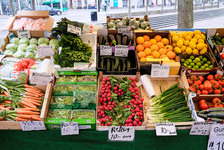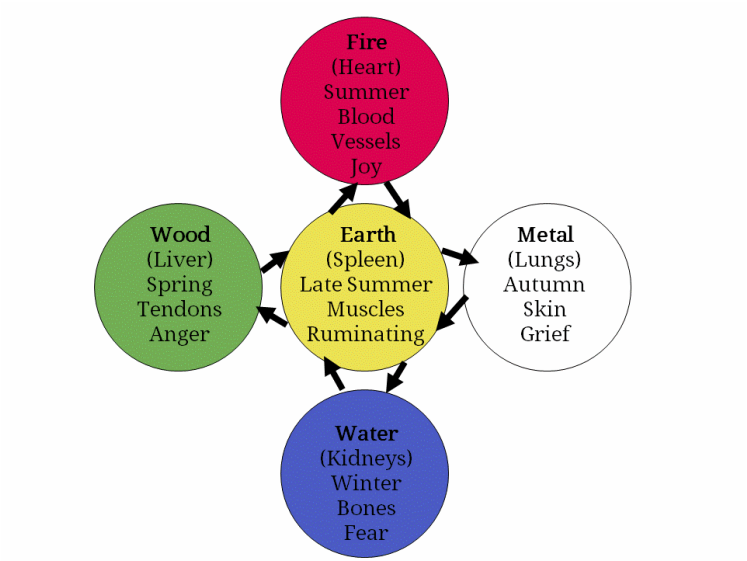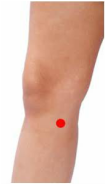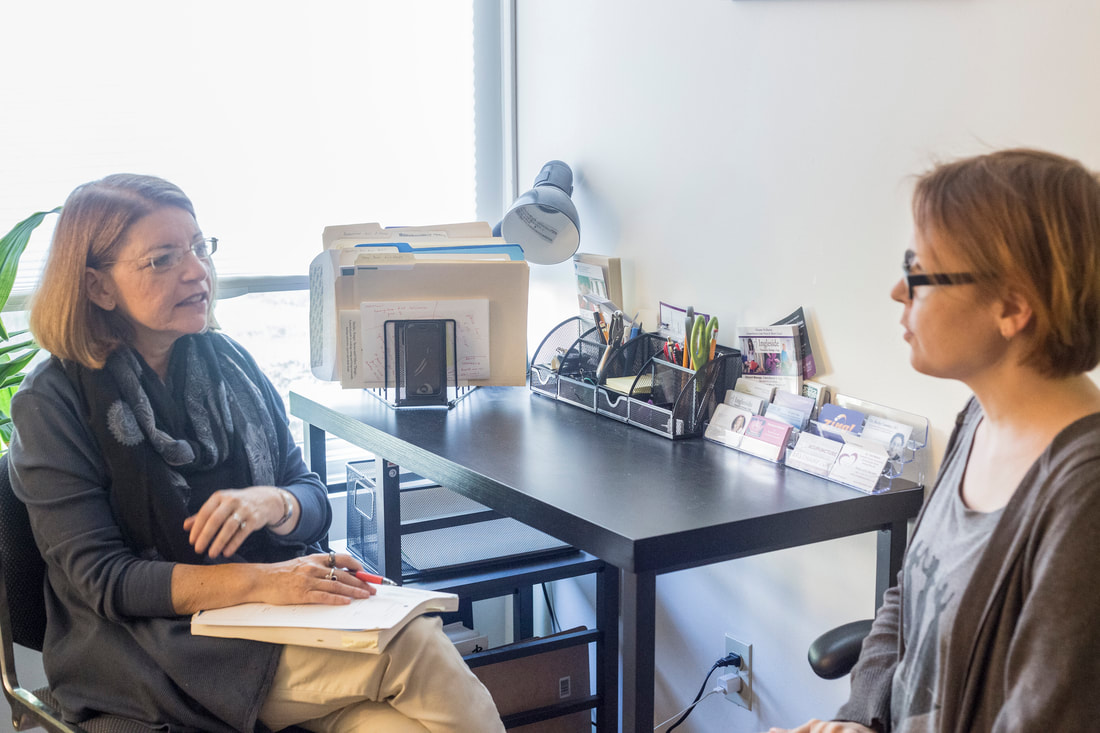 If you’re part of the over 60% of people who make New Years resolutions with good intentions but are unable to keep them, this newsletter is for you. You mean well, you try hard, but life gets in the way. Think of a resolution as a seed that gets planted. We have an idea. We want to make a change in our life. We’re excited. We set goals, make promises, tell ourselves this year we’ll eat our vegetables, exercise more, be kinder. We truly mean these things. Yet for many of us by April we’re back to our same old habits. What has happened? I think that we have forgotten to nurture the seed. No one expects a seed to grow without water and sun. And no one expects the seed we plant today to turn into a full grown tree tomorrow. Growth and change take time. When you make a resolution, ask yourself these questions:
Take time to answer these questions. It may require many hours. Pay attention to how easy or difficult this process is. Write your answers down. If you’re not able to do this, you might want to pick a new year’s resolution that is easier to implement. With nurturing and care and love our dreams will take form. Do get in touch with me if you need help in this process. Wishing you a healthy, happy and prosperous New Year! Bonnie "With time and patience the mulberry leaf becomes a silk gown" ~Chinese Proverb
0 Comments
 Katherine Golub Katherine Golub I love this article from my colleague, Katherine Golub, career / business / leadership coach and consultant in Western Mass. She teaches us how to focus on the postitive! To learn more about her work, visit www.CoreBrillianceAcademy.com What are you dreaming of for the new year? Did you make a resolution, set an intention, choose a word? At the beginning of every year, I like to choose one word to focus my attention for the year. This year, my word is "Foundation." No matter how you set your intentions, January is a time of fresh starts and new beginnings for many people. Do you want to learn how to be more confident, more present, or more creative? Perhaps you want to take better care of yourself. Whatever it is, if you’re like most people, I'm guessing that there's probably some new habit that you’d like to develop this year. Most of us aren’t taught how we form habits or how we can change them, and because of that, developing new habits can feel daunting. I'm happy to tell you that, in fact, developing new habits and strengths can be simple. Instead of working super hard to fight against old behaviors, it can be much more useful to just take in the good. What do I mean by “taking in the good?” In Hardwiring Happiness, Rick Hanson writes that the most effective path to developing emotional habits or strengths such as gratitude, presence, and confidence is to notice when you're already engaged in these habits and then to feel how you feel in your body. He calls this process “taking in the good.” With repeated, intense, and prolonged mental focus on what’s working, you grow new synapses and change how your DNA functions so that you literally experience more of what works. For example, by noticing when you feel confident, you strengthen your ability to feel confident. When you notice yourself feeling focused, you increase your ability to focus. When you allow yourself to feel really good when you practice self-care (even if it’s just for five minutes), you increase the likelihood that you'll practice self-care again soon. As human beings, we too often focus on what we don’t want to do or to feel. Unfortunately, focusing on what you don’t want makes it harder to develop the habits you do want. For example, trying to figure out how to be "not stressed" can stress you out, even more. The brain can't think in negatives. Don't think of a pink elephant. You can't do it, right? Every time you think about what you don't want, your focus goes to the negative, and you're more likely to replicate that. Instead, when you think about what you do want, you send your energy in that new, more generative direction. So, what are the steps to taking in the good and building new habits? Your first step to cultivating new habits or strengths is to choose one or two to focus on. Rather than focusing on the habit you want to let go of, focus on the habit you want to cultivate. Keep in mind that your problem requires a matched solution. For example, if you struggle with the state in the left column, consider focusing on the habit or strength in the right column-- • Exhaustion… Energy • Stagnation… Movement • Anxiety… Ease • Fear… Courage • Shame… Self-Compassion • Resistance… Curiosity • Withdrawal… Engagement • Scarcity… Gratitude • Frustration… Fulfillment • Stuckness… Forward Movement • Drivenness… Pleasure • Rejection… Belonging • Isolation… Connection • Grief… Love Your next step is to notice moments in which you experience the habit or strength you desire. To develop the habits and strengths we desire—such as trust, humor, and ease—we need to notice when we experience these positive states. Often, we’re already engaging in the actions or experiencing the states that we want to make habitual, but we’re not paying attention. By paying attention to when we are acting and feeling the ways we want, we strengthen our ability to act or feel this way even more. If you don’t naturally find yourself experiencing your desired emotions, you can remember past experiences, imagine the future you desire, or celebrate the good in the lives of others. Once you create a positive experience, allow yourself to really savor the moment and experience it in your body. Sense the experience fully in your body, taking in as many sensory aspects as possible—sight, sound, touch, smell, taste, feeling, and thinking. Feeling the experience in your body helps it to sink in and create new connections in your brain. Like any new strength, your ability to focus your attention is like a muscle. It gets stronger the more you exercise it. Taking in positive experiences makes your brain “stickier” for them, which in turn increases the likelihood that you'll notice more positive experiences. That makes your brain even more sticky so that you notice positive experiences more. It's a feedback loop of positivity. This cycle makes it less and less likely for negative experiences to slip into your mind and affect your brain. From now on, any time you experience a small win, seize the opportunity to celebrate. When you receive a compliment, take a deep breath, let it really soak in, and say thank you. Or cross off items off your to-do list as you complete them so that you have a picture of accomplishment. Or, at the beginning or end of each day, think of three things that you’re proud of, that you appreciate about yourself, or that brought you joy. Focusing on what brings you joy ten times a day, fifteen seconds at a time only, takes a total of two and a half minutes. But it's one of the most powerful ways to change your brain and your life. Whatever your hopes for the new year may be, I encourage you to gift yourself a few moments each day to take in the good. Not only is this a very effective way to cultivate new habits, but it’s also fun. I wish you all the best on your journey to building the habits you want!  Acupuncture is about balance in the body. One of the best ways to create this is by eating a balanced diet. Healthy foods in your kitchen are the easiest way to accomplish this. Just follow these 5 steps. Step One: Clean out your pantry and refrigerator by removing these foods:
Note: If you absolutely cannot throw out food, put these unhealthy foods on one shelf in a cabinet and/or your refrigerator and do NOT replenish them once you have finished eating them. Step Two: Make a list of foods that you use on a regular basis that you want to have in your kitchen at all times. My list looks something like this:
Step Three: Plan your week's meals. These should be based on real food -- no chemicals, hormones or additives. In thinking about menus keep this in mind: vegetables and fruits should take up half your plate, grains one quarter of your plate and healthy proteins one quarter. Step Four: Make a grocery list Include any items on the list of foods that you use on a regular basis that you don’t have. You’ll want to restock these when you run out. Add whatever additional foods you’ll need for the week's meals. Step Five: Go grocery shopping. Buy ONLY the items on your list. Go food shopping after you have eaten and are not hungry. Repeat steps three through five each week. You’ll be feeling fabulous in no time at all. Acupuncture plays close attention to the cycle of the seasons. As shown in the diagram, each season corresponds to a particular element and organ. Balance between these entities is key for achieving harmony in the world and health in the body. The earth element comes into play at this time of year. This element is a central one. It is activated in late summer and also for short periods of time at the end of the other seasons. The earth element is associated with transformation. It's perfect in helping us make the shift from the relaxing, playful days of summer to the busyness of work and school. Each element in the five element system has a corresponding organ, emotion, color, season and tissue. For the earth element, the organ is the spleen-pancreas (our digestive system), the emotion is ruminating or over-thinking, the color is yellow, the season is late summer and the tissue is muscles. Here are ways to keep your spleen energy strong and improve your health at this time of year:
Use the wisdom taught by Oriental Medicine over the ages to help you in your life today.
|
AuthorIn practice for over 20 years, Bonnie Diamond offers individualized, heart-centered care using a pain-free, Japanese style of acupuncture. Her work is influenced by her nine year struggle with and complete recovery from Chronic Fatigue Syndrome. Archives
April 2024
Categories
All
|
Serving Easthampton, northampton, Holyoke, Springfield, Chicopee, Westfield and Western Massachusetts
|
Hours are Tuesday-Thursday, 11am-7pm
|
247 Northampton Street, #27 Easthampton, MA 01027 781-718-6325 Get directions Get information on other complementary health resources recommended by Staying in Balance. Pioneer Valley Community Resources |
Copyright 2000-2022 All rights reserved.



